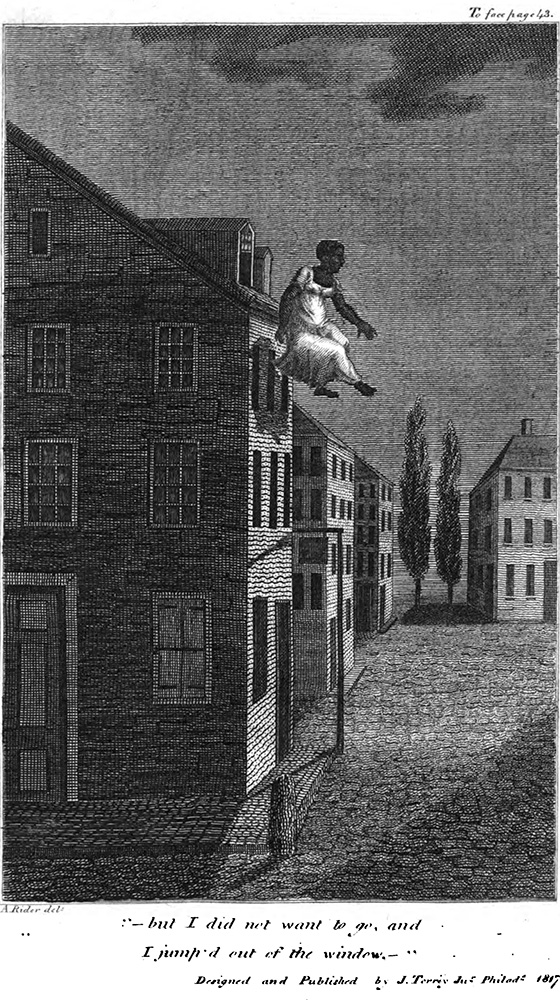
“What Was Black Nostalgia?” American Literary History 30, no. 4 (Fall 2018): 1–24
This article describes the bifurcation of nostalgia over the course of its dispersion from Europe to the Americas from the 1790s to the 1860s. Nostalgia had previously been diagnosed in European ethnics who were displaced from home by compulsory service and were said to sadden and die due to a natal weakness to forced mobility. In the Americas, it was introduced into slave medicine and racialized, resulting in a new version of nostalgia that assigned to black bodies a different manner of dying—suicide—and a different cause of death—weakness to forced immobility, that is, captivity. Yet if this new biopolitical narrative captured the struggle between physicians and slaves over the significance of death (as a manifestation of freedom or illness), it only emerged in non-anglophone slave societies. In the anglophone New World, nostalgia was apparently never used as a diagnosis in slaves. Harriet Jacobs’s Incidents in the Life of a Slave Girl (1861) implies that this non-use was deliberate, arguing that American medicine is distinguished by its strategic neglect of the affective health of the black body. To attend to black nostalgia is to attend to the affective conditions of death as a radical act of freedom.